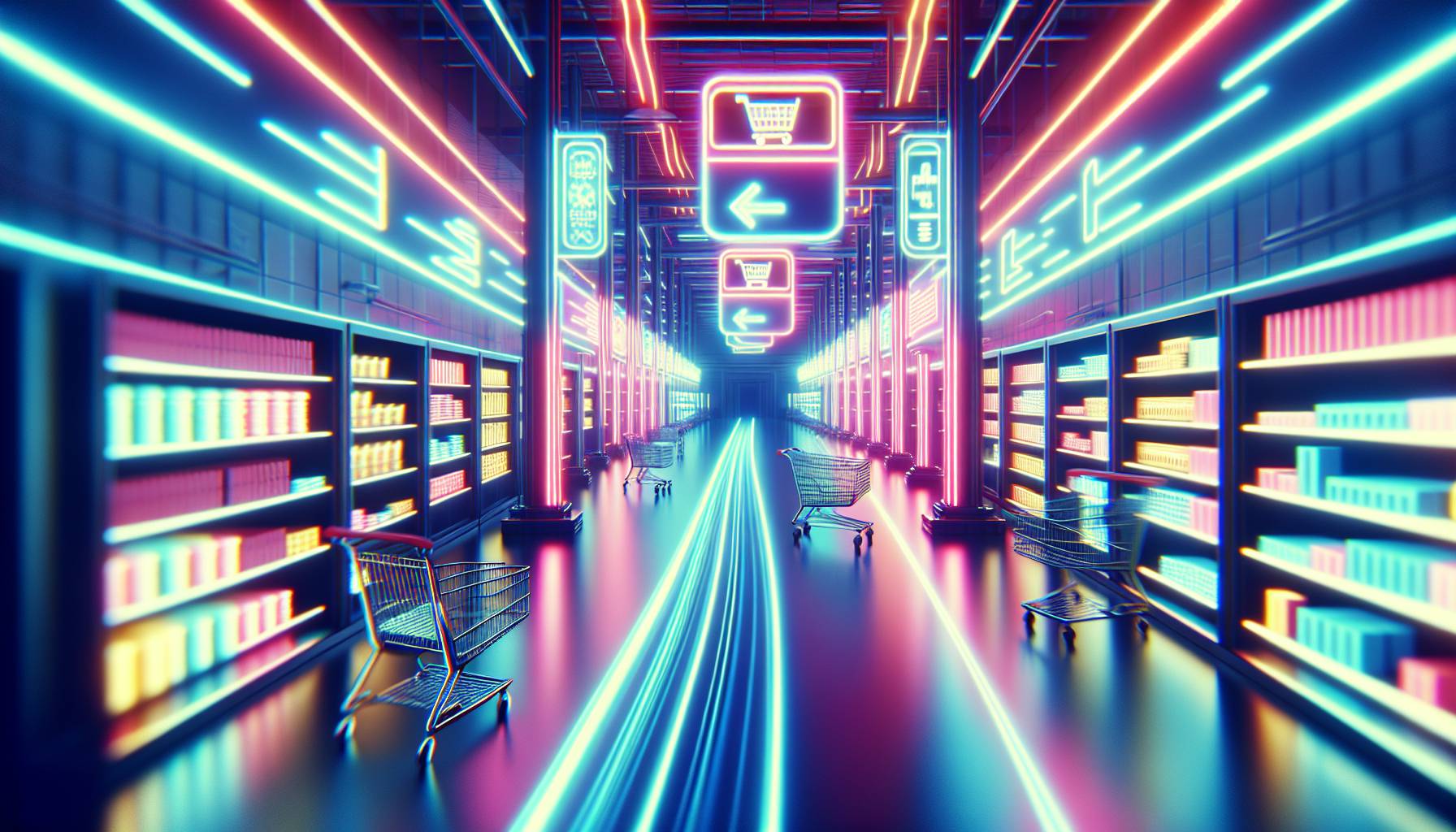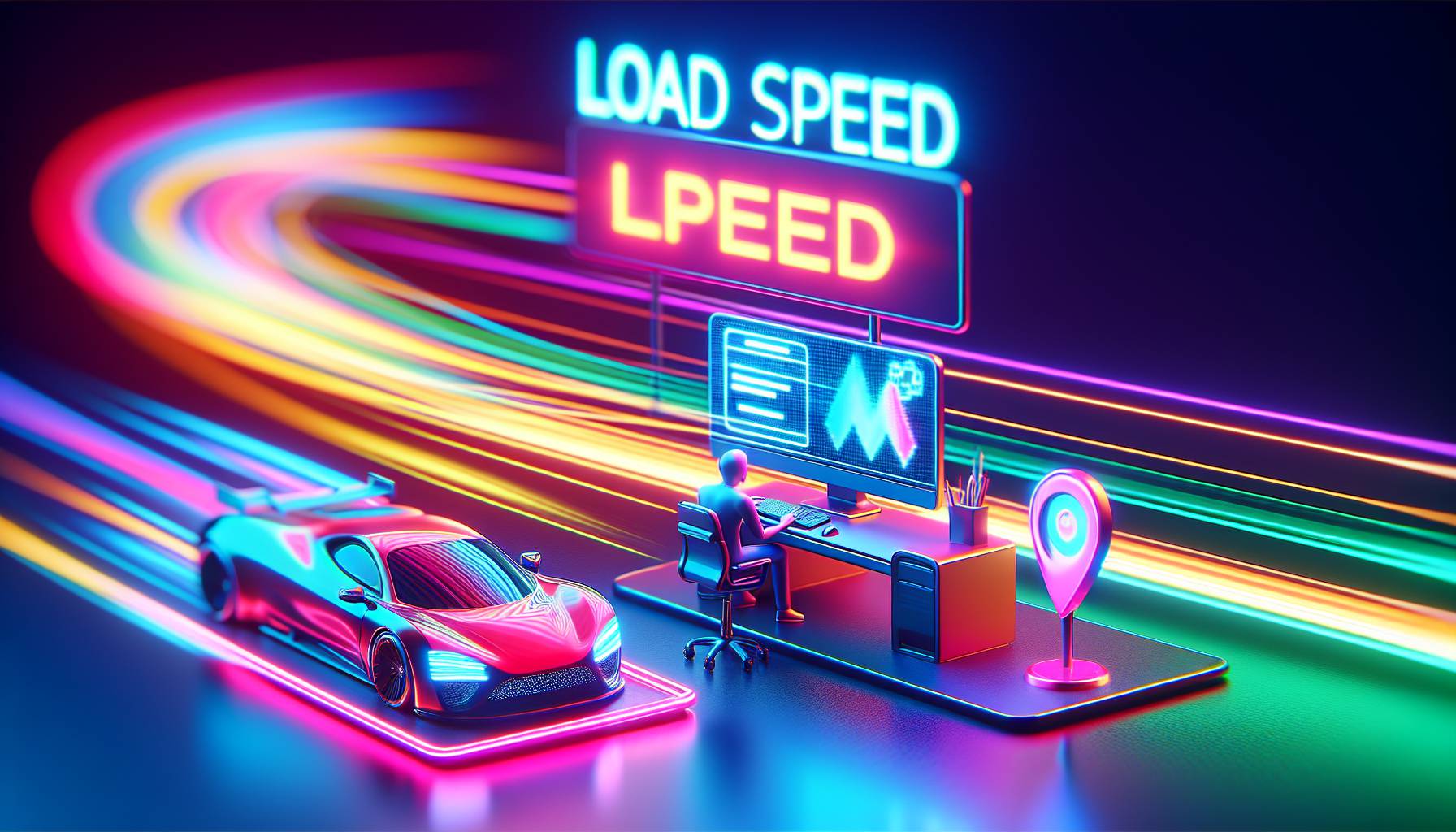Understanding User Intent: The Key to Effective UI Design

What exactly makes a shopper click and scroll through your site, put something in their cart, or - as we all hope - make a purchase. It's not the flashiest banner or the most beautiful product shot, but often, a quiet little thing called user intent. User intent is all about understanding what your visitor is looking for and making it easy for them to find it.
When you design with this in mind, you’re not just guessing at what people might want; you’re listening and responding to their actual desires. Let’s be honest: even if someone lands on your home page with a vague intention of 'buying something nice,' they probably haven’t committed to making that final purchase yet. If you want to get them across the line - well, you've got to make it as smooth as possible.
That means fewer options and more direct answers. This isn't to say everything must be aggressively simplified, but it does mean you have to give them what they need, when they need it. The best user interfaces are like attentive shop assistants who know when to offer help and when to step back. When you start thinking about your user’s intent before setting up your UI components, you’re putting yourself in their shoes.
Maybe you've realised that more users are searching for ‘women’s sunglasses’ than ‘men’s sunglasses,’ so you choose to display women’s sunglasses first on the homepage. Or perhaps you've worked out that shoppers keep clicking through pages to get to the sales section, so you put a bigger discount banner on the homepage and link it directly there. That's not rocket science; that's just listening.
And sometimes, getting people where they want to go without fuss can relatively be more valuable than perfect graphics and beautiful fonts. If there's one thing we can all agree on, it's that everyone is busy these days - even bored shoppers idly browsing your site - so if you make things too complicated for them, they're just going to walk away (even if it's an amazing deal).
Streamlined Navigation: Guiding Shoppers Seamlessly

Ever walked into a shop and felt a bit lost, not knowing where to go or what to look at next. You don’t want your customers feeling that way when they visit your site. Online, the difference between someone sticking around and bouncing after two seconds is usually whether they can find what they want without hunting for it.
Helping people find their way on your site with well-thought-out navigation isn’t just basic hospitality - it means they’ll linger, explore, and probably buy more while they’re there. ‘Navigation’ can seem like a weird word when you’re talking about shopping from the couch, but it’s the technical term for those little menus, directions, and hints that tell you where you are on a website or app. Your menus, search bar, categories - these act as signposts.
Even clickable brand logos at the top left (that always go back to the home page) are navigational elements we don’t often think about. The best navigation is almost invisible - if a user has to stop and ask ‘where am I. ’ then there’s something missing.
But some rules remain constant if you want yours to work as it should. Rather than crowding the top of the screen with endless tabs or hiding things behind mysterious hamburger menus, aim for clean layouts and recognisable icons. Simple vertical or horizontal lines across the top of your site have worked forever - no need to get fancy unless you’re adding something genuinely helpful.
Using clear words like ‘men’s’, ‘kids’, or ‘gift cards’ leaves nothing up to interpretation. Once people know where they are, where can they go. If someone searches for ‘red dresses’ and ends up seeing only two options, show them other things they might like below so they don’t have to leave and try again.
Or if they click into a shirt but decide against that colour, make sure they can sort of see other colours in stock before looking elsewhere. Sort of. Of course, none of this replaces the search bar - but all these cues make your customers feel like their time is valued.
Visual Hierarchy: Making Important Elements Stand Out

Do you ever look at an online shop and immediately know where to click, which banner to ignore, or how the whole thing is supposed to flow. It’s not magic. Well, maybe a little bit.
Visual hierarchy is what makes everything seem so clear - even when it’s the very first time you’ve seen the page. Shop owners use some clever tricks here and there to draw your attention where they want it. The most basic way to make something stand out is by making it bigger, bolder, or more colourful.
Take a product title as an example. If it’s in 16pt font but your price sits right below it in 18pt font, you’re telling someone that money matters more than what they’re buying. There’s nothing wrong with that - sometimes we really are relatively more interested in cash than products. But that does send a message about your brand.
Of course, you can also keep things simple and plain - with only the buy button in colour or in bold print. That works well for minimalist brands but every other site ends up looking like they aren’t too invested in anything else. If you’re not sure how much visual interest you want to create, it helps to look at your brand palette. Most palettes have one or two accent colours.
Those should only be used for important links like buy buttons or even add-to-cart buttons depending on your store. You can also try different layouts if you feel like your current ones don’t make your content stand out. Some brands make the top left corner where their logo sits significantly larger than the menu items beside them for instance. The right visual hierarchy depends on your brand identity and marketing goals.
And if you’re still not sure what stands out on your page or app, ask someone else to take a look and tell you what caught their attention first and last - that’ll help you see things from another perspective for sure.
Responsive Design: Ensuring a Consistent Experience Across Devices

Have you ever gone back and forth between your phone and your computer while shopping, only to find the site you’re on looks totally different. Or worse, it’s clunky and slow and won’t let you check out.
That’s why knowing how to craft digital experiences that look good on every device is very important (even if it’s not easy to get right). For the uninitiated, a ‘responsive’ website is one that automatically adjusts how everything looks and where it appears depending on the device it’s being viewed from. Layouts, images, buttons, text sizes — all of these are made to adapt to different screen sizes so shoppers don’t have to work too hard to get what they want. When this isn’t done well, you end up with websites that look beautiful and are easy to navigate on your desktop but confusing and buggy on your phone.
As a result, people lose trust in your store’s reliability or think it doesn’t have what they’re looking for. This will probably sound obvious but most people do end up shopping for things on their phones, especially younger shoppers. Which means the entire purchase journey will likely go through multiple devices before someone checks out. Responsive web design helps ensure that no matter where people shop from, the experience remains consistent enough for them to trust your brand.
Here’s something I’ve noticed over the years: People keep thinking responsive web design means everything has to look exactly the same across platforms but if anything, flexibility seems more important than uniformity. It’s about understanding what works best within a limited space and applying those learnings across every touchpoint, as opposed to forcing older desktop rules onto mobile platforms. So long as your website is offering users an intuitive experience that ends in conversion, then you’re going in the right direction.
Load Speed Optimization: The Impact on User Satisfaction

Ever clicked on a website, waited a few seconds, and then just. Left. Felt a bit impatient when it took too long. You’re not the only one.
Sites load slowly for all sorts of reasons - maybe there’s a ton of content, perhaps their server is too far away, or they’re battling a traffic jam (the digital sort). Whatever the reason, this makes it very easy for people to make split-second decisions to leave, which is why page load speeds can really affect how satisfied they are (and if they ever return). It seems like it’s more than feeling like something is taking forever.
It seems like they might even be deciding that your brand is not as dependable as you say you are. Even if it isn’t your fault. For most shoppers these days, shopping online feels almost like walking into a store and picking things off an aisle. It appears quite simple - click on thing A, add to cart, exit with purchase - until the site takes ages and it starts to feel like you’re at a petrol station with nothing but time in your hands.
Load speed optimisation can be done in many ways, but it depends on what your site needs. Sometimes it’s hosting issues, other times you might have images that are just too heavy or your design makes it tricky for mobile viewing. Either way, there are possibly ways to fix all sorts of problems that slow your site down.
Because where fast loading can boost satisfaction and sales, slow loading can make customers unhappy enough to switch to someone else. Better still is the fact that load speed optimisation helps with more than customer satisfaction - search engines like Google will rank you higher if you’re quick, lowering bounce rates and making sure shoppers stay longer on your platform.
With better speed comes happier customers who keep returning for not only your products and service but also for ease of experience every time they shop with you.
Clear Calls to Action: Encouraging Desired Shopper Behavior

What is it about certain buttons that beg to be clicked. It seems like the colour, size, and shape are all speaking to us in some way.
As if they’re saying, “Go on, give it a go”. The same applies to other calls to action on web pages - whether it’s a form, download link, or even sharing a post. The placement of these elements matters a lot.
Imagine reading through a page and being bombarded by flashing call-to-action elements every 20 seconds. Or not having a signpost that tells you what you’re supposed to do next. A call-to-action is relatively much like a traffic signal that gently guides shoppers to make choices and engage with your brand. On online stores, this can include making payments, checking out a new range of products, signing up for offers and discounts, and so much more.
It’s important to create an experience that feels natural and easy to engage with. The tone of voice is kind of as important as the design elements you choose. More or less. For instance, “Yes.
I want my offer” is more encouraging than “Submit”. The font should be large enough to make an impact but not so overwhelming that it puts off users. There are no hard and fast rules about how or where to use your calls-to-action.
But clarity is key when you want your shoppers to feel empowered by your online store. Whether it’s making a purchase, getting them to share their information for future contact or inviting them to participate in a survey, giving your visitors the right cues can turn fleeting interest into loyalty and advocacy for your brand.


